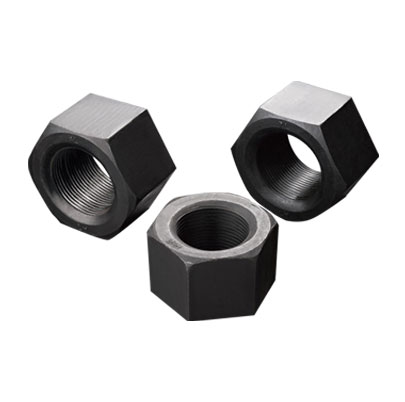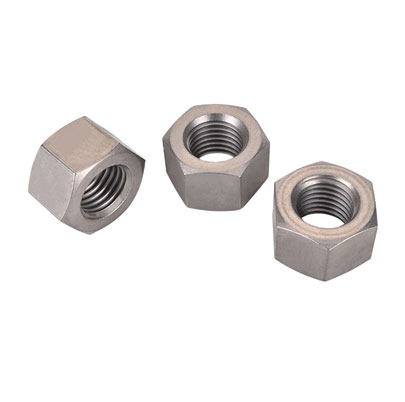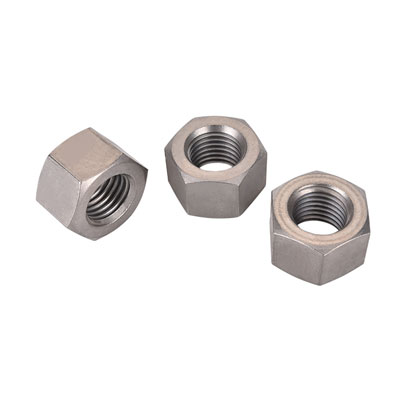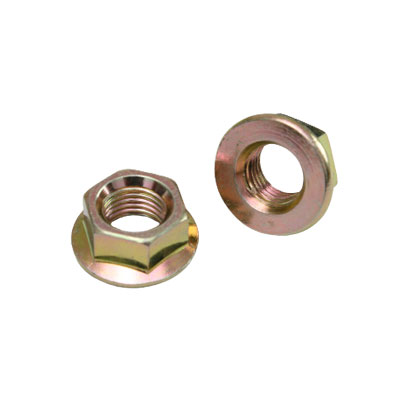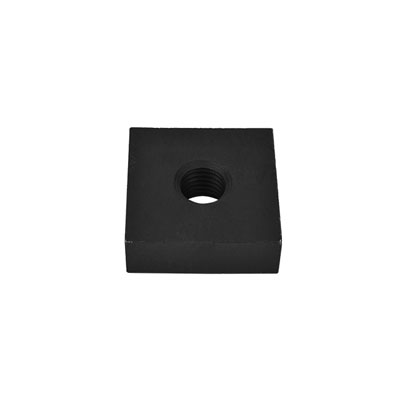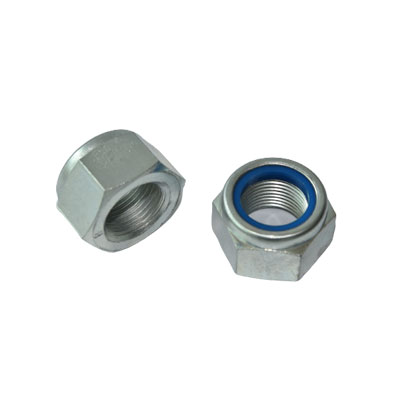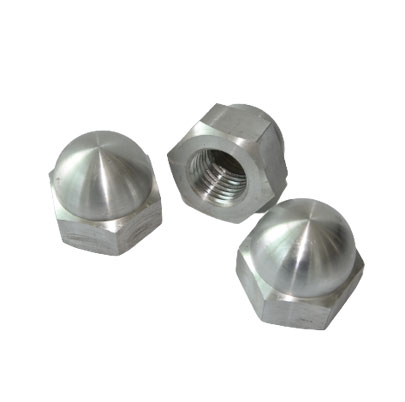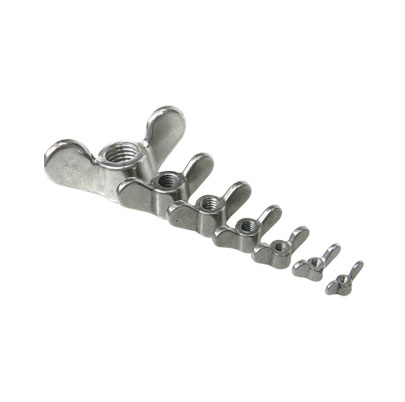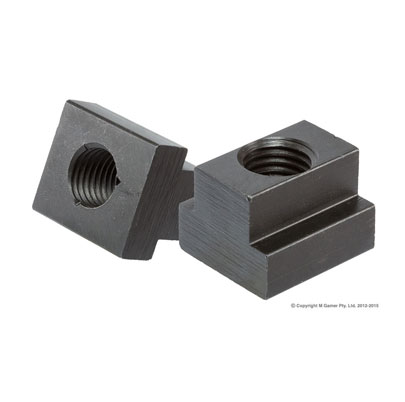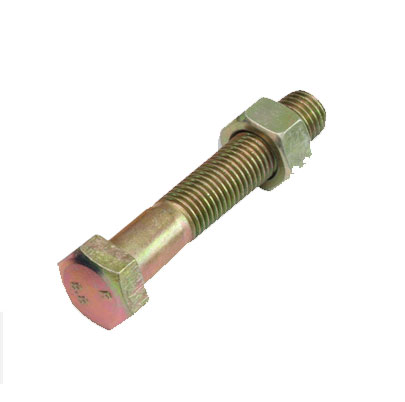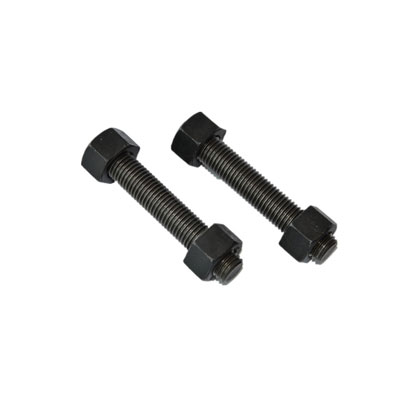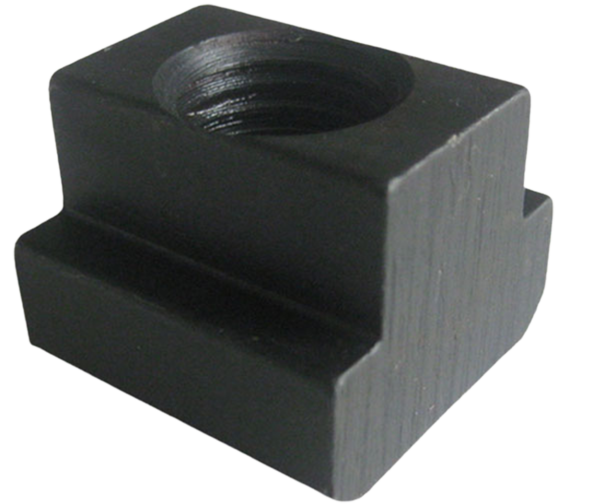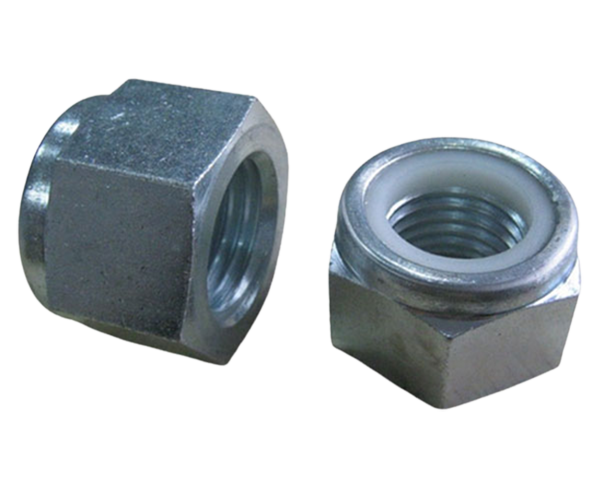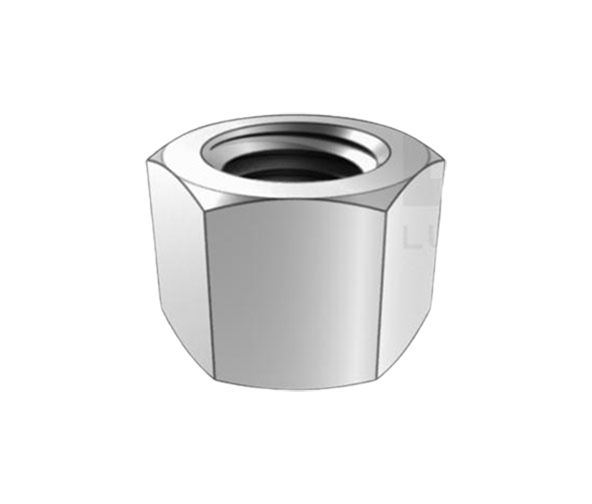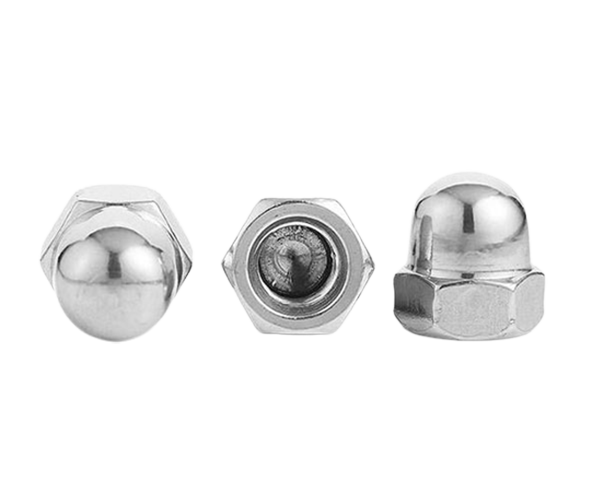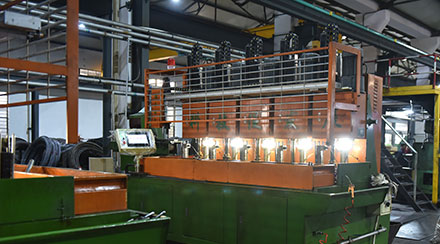High-strength standard bolts and nuts refer to bolts made of high-strength steel or requiring a large pre-tension force. High-strength bolts and nuts are commonly used for connecting bridges, rails, high-voltage and ultra-high-voltage equipment. The fracture of this type of bolt is mostly brittle fracture. High-strength bolts and nuts used in ultra-high-voltage equipment require a larger pre-stress to ensure the sealing of the container.
The difference between high-strength bolts and nuts and ordinary bolts and nuts
High-strength bolts and nuts can withstand a larger load than ordinary bolts of the same specification.
The material for high-strength external hexagonal bolts is Q235 (i.e. A3). The material for high-strength bolts and nuts is 35# steel or other high-quality materials, which are subjected to heat treatment to increase their strength. The difference between the two is the difference in material strength.
From the perspective of raw materials
High-strength bolts and nuts are made of high-strength materials. The bolts, nuts and washers of high-strength bolts are made of high-strength steel, commonly used materials are 45 steel, 40 boron steel, 20 manganese titanium boron steel, 35CrMoA, etc. The material used for ordinary bolts is commonly Q235 (equivalent to the past A3) steel.
From the perspective of strength level
High-strength bolts are increasingly widely used. They are commonly used in two strength levels: 8.8s and 10.9s, with 10.9 level being the most frequently used. The strength level of ordinary bolts is lower, generally 4.4, 4.8, 5.6 and 8.8.
High-strength nuts and bolts apply pre-tension and transmit external forces by friction. Ordinary bolts depend on the shear resistance of the bolt and the pressure resistance of the hole wall to transmit shear forces. When the nut is tightened, the pre-pressure generated is small, and its influence can be ignored. In addition to the high strength of their materials, high-strength bolts also apply a large pre-pressure to the bolts, which produces extrusion force between the connecting components, generating a large frictional force perpendicular to the direction of the bolt, and the pre-pressure, anti-sliding coefficient and steel type directly affect the carrying capacity of high-strength bolts. According to the force characteristics, they are divided into compression type and friction type, and the calculation methods of both are different. The minimum specification for high-strength bolts is M12, and commonly used specifications are M16-M30. The performance of bolts with oversized specifications is unstable, and they should be used cautiously in design.
The difference between friction type and compression type connections of high-strength bolts and nuts
High-strength standard bolts and nuts clamp the connecting plate with a large tightening pre-pressure of the bolt rod, which can produce a lot of frictional force, thereby improving the overall integrity and stiffness of the connection. When subjected to shear force, according to different designs and force requirements, it can be divided into two types: friction-type high-strength bolt connections and compression-type high-strength bolt connections. The essential difference between the two is the different limit states. Although they are the same type of bolt, there are significant differences in calculation methods, requirements, and application ranges. In shear design, the friction-type high-strength bolts and nuts connection takes the maximum possible frictional force provided by the tightening force of the bolt as the limit state when subjected to an external shear force, that is, to ensure that the external shear force does not exceed the maximum frictional force during the entire service life of the connection. The plates do not undergo relative displacement and deformation and are subjected to overall elastic stress.
In shear design, the compression-type high-strength bolts and nuts connection allows the external shear force to exceed the maximum frictional force. At this time, there is relative sliding deformation between the connecting plates until the bolt rod contacts the hole wall. After that, the connection relies on the shear of the bolt rod, the pressure resistance of the hole wall, and the frictional force between the contact surfaces of the plates to jointly transmit the force, and finally the worst-case scenario is the failure caused by the shear and pressure resistance of the bolt rod or the hole wall as the limit state.
In summary, friction-type high-strength bolts and compression-type high-strength bolts are actually the same type of bolt, except for whether the design considers sliding. Friction-type high-strength bolts cannot slide, and the bolts do not bear shear forces. Once sliding occurs, the design is considered to reach the failure state, which is technically more mature. Compression-type high-strength bolts can slide, and the bolts also bear shear forces. The final failure is equivalent to the failure of ordinary bolts.
 English
English
